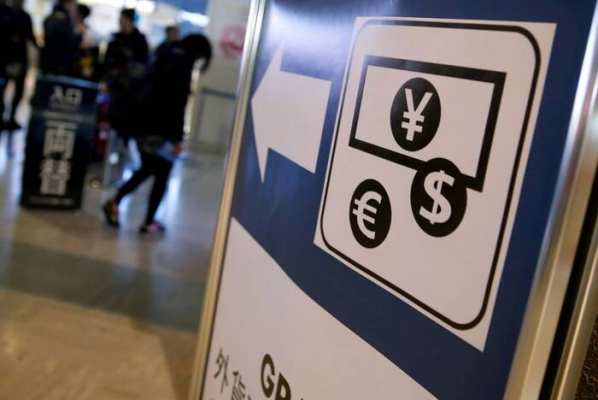The euro held at a one-month high against the dollar on Thursday, after rallying on hopes the war in Ukraine might enter a new de-escalating phase, while tumbling oil prices weighed on commodity currencies and the yen resumed its slide.

The European single currency was at $1.116 having hit a one-month high of $1.1184, in early trade.
It is up 1.6% so far this week, and its next resistance level is at $1.1364, according to Commonwealth Bank of Australia.
“The euro has been one of the biggest winners over the past sessions, part of that reflects the positive news about the Russia-Ukraine tensions,” said Carol Kong, an FX strategist at CBA, adding sustained euro gains would be dependent on further developments in Ukraine.
At peace talks this week in Istanbul, Russia said it would curtail operations near Kyiv and the northern city of Chernihiv to build trust, though Ukraine and its Western allies dismissed Russias pledge as a ploy to stem losses and prepare for other attacks.
Ukrainian forces are preparing for new Russian attacks in the east of the country, President Volodymyr Zelenskiy said on Thursday.
Also potentially guiding the euro are remarks by the European Central Banks chief economist and eurozone unemployment figures both due later Thursday, and inflation figures on Friday.
Elsewhere, the dollar climbed 0.68% on the oil-sensitive Norwegian crown and 0.3% on the Canadian dollar, as oil prices fell by over $5 a barrel following reports that the U.S. will release up to 180 million barrels of oil over several months from its Strategic Petroleum Reserve. [O/R]
The two, as well as other commodity currencies such as the Australian dollar – which fell 0.36% on Thursday – have risen sharply this month as commodity prices surged following the war in Ukraine.
Barclays analysts said more gains were yet to come. “Commodity currencies are coming off very cheap starting points and still have room to run,” they wrote in a note, describing risks to this view as being “mostly tactical and straightforward to hedge”.
Higher commodity prices, in contrast, have been a factor weighing on the Japanese yen – as Japan is a net importer of energy – adding to pressures on the currency caused by a rising gap between Japanese and U.S. government bond yields.
The dollar has gained 6.28% on the yen in March, its biggest monthly gain since November 2016. It rose as high as 125.1 yen on Monday, its highest since late 2015, before slipping slightly midweek.
Normal service resumed on Thursday, with the dollar climbing 0.33% to 122.21 yen, though CBAs Kong warned moves in Japanese assets were going to be choppy because it is the end of the fiscal year.
Sterling was slightly softer at $1.3116, and the dollar index, was slightly higher at 97.905.
In cryptocurrency markets, bitcoin was at $47,000 not too far off its year-to-date peak of $48,234 hit earlier this week.
(Reporting by Alun John; Editing by Sam Holmes and Lincoln Feast.)
Leave a Reply